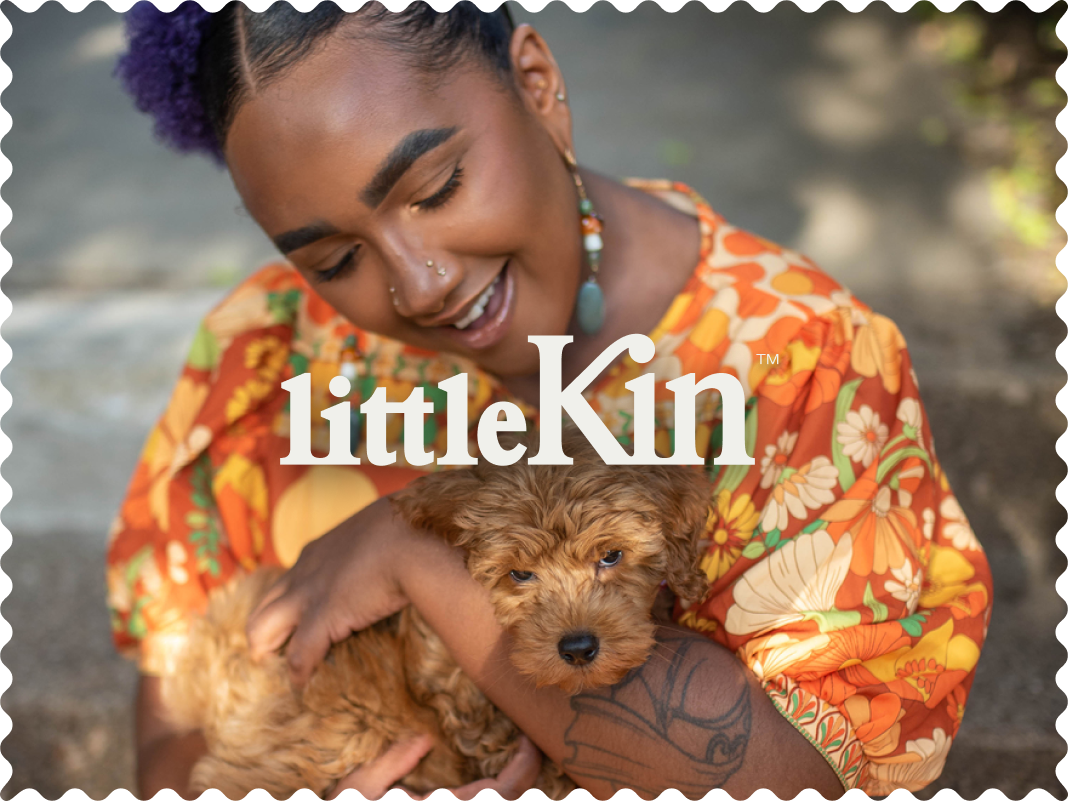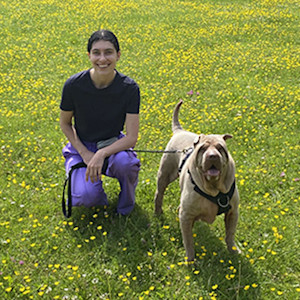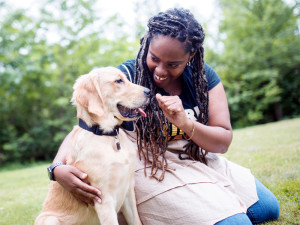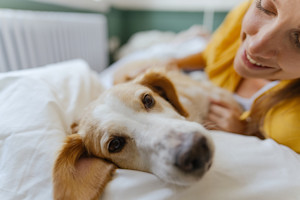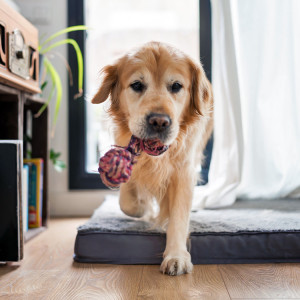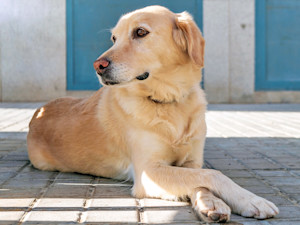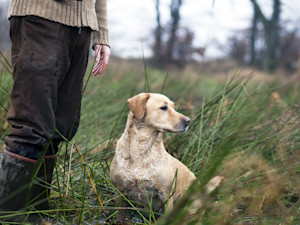How To Tell if Your Dog Is The Jealous Type
Those attention-seeking antics might not be jealousy at all
You know the scene: you’re snuggled up on the sofa when your dog wedges themselves between you and your partner. Or maybe they barge another pup aside the moment you reach down to say hello. Perhaps you’ve caught that unmistakable glare when a neighbour stops to chat mid-walk. Classic jealousy, right?
Not so fast. While it certainly looks like your dog’s throwing shade, what’s really driving these behaviours might surprise you. Are these signs really jealousy or is something else going on entirely?
What jealousy signs should I be looking out for?
First off, what behaviours are you meant to keep an eye out for? There’s a whole list, according to Sarah Wynn from The Canine & Co Classroomopens in new tab, an ABTC-registered Animal Training Instructor and Animal Behaviour Technician.
Pay attention to the likes of:
How much do you spend on your pet per year?
Pawing, nudging or licking you.
Vocalising when another person or pet is approaching or interacting with you.
Pushing between you and another person or pet.
Grabbing at you.
Bringing toys or offering tricks.
Signs of aggression towards another person or pet.
“These signs most often show up in situations where the dog feels they’re ‘competing’,” adds dog behaviourist Zoe Willinghamopens in new tab. For example, “when pet parents cuddle another dog, give attention to a child or even focus on a phone or laptop.”
Can dogs even feel jealousy?
As people, we love to put our own emotions onto our dogs. But do they even have the capacity to feel jealous even if it very much seems like it? This is the big question and one we’re still learning about.
Jealousy is what’s known as a secondary emotion along with things such as guilt and shame. To experience these, an animal needs to have self-awareness among other complex cognitive functions, however it’s still up for debate whether dogs fall into this category.
“Dogs have rich emotional lives,” says Sarah, “but their feelings don’t always mirror ours. What we often call ‘jealousy’ in dogs may be something else, such as attention-seeking, frustration or even resource guarding. For many dogs, our attention and caregiving are valued resources, so they’ll step in to make sure they don’t miss out or lose that valued thing.”
These signs can also be down to uncertainty or insecurity. “If your routine has changed or a new person or pet has joined the household, your dog may be unsure and will look for reassurance,” Sarah explains.
There has been some research into the matter. In 2014, a studyopens in new tab found that dogs show what appear to be jealous behaviours, specifically when their owners are being affectionate towards a realistic-looking stuffed dog versus a non-social object like a book.
And in 2021, more evidence of jealousy in dogsopens in new tab was found when their guardian interacted with a “perceived social rival”, even when the dog couldn’t actually see what was going on. Whether these studies are proof that jealousy exists in dogs though is still hard to conclude.
The brains of dogs and humans have many differences. The area linked to secondary emotions such as jealousy is biggeropens in new tab in humans. So does that mean dogs don’t have as much capacity to feel these kinds of things? Potentially.
What can I do about my dog’s jealousy?
Don’t panic. If the behaviours aren’t causing harm or distress to you, your dog or others, “there’s no need to worry,” Zoe says. “It’s normal for dogs to show emotions and good for them to communicate.”
“However, if that escalates to aggression or guarding behaviours, it’s time to consult a dog behaviourist who can give you qualified advice on how to manage your dog’s emotional responses and reactions.”
There are still some simple things you can do if your dog’s showing low-level behaviour that seems to resemble jealousy.
Sarah advises:
Carving out one-on-one time with your dog, whether it’s a walk, a game or just quiet time together.
Rewarding the good stuff. That can be your dog staying calm while you give someone else or another dog attention, for example.
Giving them something else to do such as a chew or puzzle toy while you’re busy interacting with others. This can be in a separate space if needed. That way, sharing you can become less stressful.
Teaching cues such as ‘settle’opens in new tab over time so they know exactly what to do in trickier moments.
The big thing to remember is to be consistent, Sarah adds. “Predictable routines help dogs feel secure, especially during big life changes.”
“At the end of the day, your dog’s behaviour is a reminder of how much they value you. By meeting that need thoughtfully, you can turn those ‘jealous’ moments into opportunities to strengthen your bond.”
References
Bastos, Amalia P. M., et al. “Dogs Mentally Represent Jealousy-Inducing Social Interactions.opens in new tab” Psychological Science, vol. 32, no. 5, 7 Apr. 2021, pp. 646–654.
Harris, Christine R., and Caroline Prouvost. “Jealousy in Dogs.opens in new tab” PLoS ONE, vol. 9, no. 7, 23 July 2014, p. e94597.
Kujala, Miiamaaria. “013: Kujala on Canine Emotions.opens in new tab” Animal Sentience, 2017.

